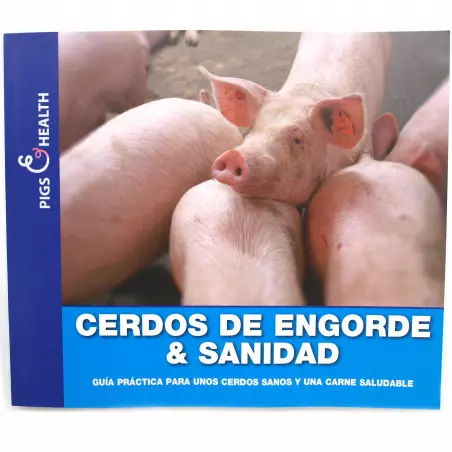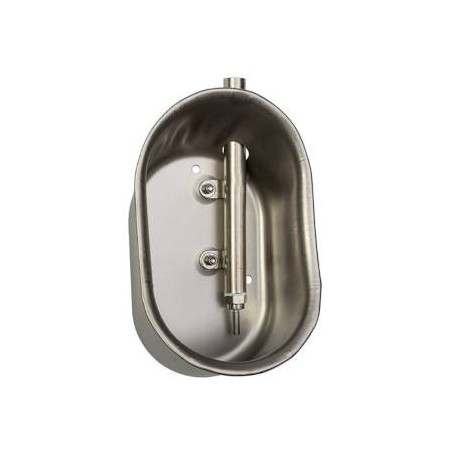Lipids are generally considered a concentrated and highly digestible energy source. However, the source of lipid may also affect its digestibility also for protein and amino acid absorption. The fatty acid compositions of lipid sources utilized in the livestock industry vary widely. In general, unsaturated fatty acids are more digestible than saturated fatty acids and a chain length below 14 carbons is more digestible than longer. Still little is known about utilization of different lipid sources for growing pigs. This experiment was conducted to determine the digestible and metabolizable energy (DE and ME) content of lipid sources when fed to growing pigs and to establish prediction equations for determining the DE and ME content of the lipid sources based on their fatty acid composition. Eighty-four crossbred growing barrows (Duroc × Landrace × Yorkshire, weighing 39.4 ± 3.5 kg) were randomly allotted to 1 of 14 diets with 6 pigs per diet involving 13 lipid sources and a basal diet composed of corn and soybean meal according to a randomized complete block design. The lipid sources were substituted into the basal diet at a level of 10% at the expense of corn and soybean meal. The barrows were housed in individual metabolism crates to facilitate separate collection of feces and urine, and were fed the assigned test diets at 4% of initial body weight per day. A 5-d total collection of feces and urine followed a 7-d diet adaptation period.
The results showed that the DE and ME content of lipid sources were affected by the composition of their fatty acids. Among the sources, the lowest digestibility of lipid was observed for palm oil (86.7%) which was lower than all other lipids and had a similar digestibility with rice oil. lard, cottonseed and peanut oil had a relatively lower digestibility. The DE and ME content of lipid sources containing more polyunsaturated fatty acids (PUFA) were usually greater. The DE and ME content of the most examined vegetable and animal lipid sources can be predicted by the content of PUFA, oleic acid (C18:1) and stearic acid (C18:0).

Su, Y. B., Bi, X. H., Ma, X. K., Huang, Q., Li, Z. C., Liu, L., and Lai, C. H. (2015). Determination and prediction of the digestible and metabolizable energy content of lipid sources fed to growing pigs. Animal Feed Science and Technology, 209, 119-127. doi:10.1016/j.anifeedsci.2015.07.004






